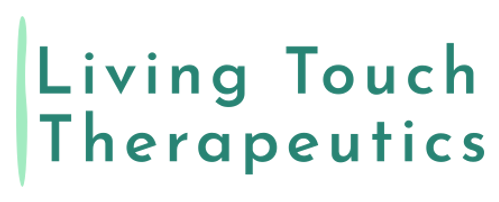The Power of Posture: The Key to a Stronger, Healthier Body
- Benjamin Mishleau
- Jan 4
- 4 min read
Updated: Feb 9

At some point, you’ve probably been told to “stand up straight,” “don’t slouch,” or “set your shoulders back.” We quickly, sometimes with a bit of irritation, shove our shoulders back, lengthen our spines, and freeze ourselves into an upright position—a posture that usually lasts no more than a few minutes. At some level, we all know good posture is important. Standing tall with squared shoulders makes us look and feel more confident. It improves our mental outlook, and we feel better overall. Yet, very few of us truly have good posture. Why is that, and why does it matter?
Posture: It’s Not Just About How You Stand
Posture, at its core, refers to how our body is positioned while standing, sitting, or moving. To maintain a balanced and healthy body, good posture is essential in all three areas.
Good standing posture typically involves a straight back, shoulders down and back, neck long, and head stacked directly above the shoulders. For sitting, it means keeping the back straight, shoulders aligned over the hips, head above the shoulders, and arms supported at a 90-degree angle at the elbows. When moving—whether walking, jogging, or lifting weights—the same principles apply, but in motion.
It all sounds simple in theory. So why is it so hard to maintain good posture, and why don’t we all naturally have it?
Why Is Good Posture Hard to Achieve?
Many factors negatively impact our posture. Most of us spend our days sitting—hunched over desks, craning our necks toward computer screens, or carrying heavy backpacks, bags, or purses. At home, we often slouch on the couch, bed, or in front of another screen. Even if we exercise a few times a week or take a daily walk, these activities are only a small portion of our day, and we rarely focus on posture during them.
The result? Most of our day is spent with hunched backs and forward-jutting necks. Our evenings involve similar poor postures while lounging. When do we allow our bodies to adapt to and practice good posture?
Good posture isn’t unattainable, but it does require effort—especially if you’ve lived with poor posture for years. Like any exercise or movement, your body adapts to the positions it’s in most often. For example, prolonged sitting causes your gluteal muscles to “turn off,” forcing your back to work harder to support your body’s weight.
Finding Good Posture
Strengthening the legs and glutes and helping the glutes “turn on” is a great first step toward better posture. When the glutes can support their share of the body, the back experiences less strain, allowing it to focus on stabilizing and maintaining posture.
Balancing the muscles in the chest and back is another key factor. Hunching over causes the neck and chest muscles to overwork, supporting the head’s weight, while the muscles in the back and shoulders become weak and overstretched. A combination of massage to loosen the chest muscles and exercises to strengthen the back muscles can physically help the body realign into better posture.
A Note on Rib Health
Poor posture is often connected to misalignment in the ribs. Many of my clients with significant posture issues also have imbalances in their rib cages. For some, this manifests as one side of the ribcage being compressed while the other side is expanded, causing a natural lean to one side. Others may have ribs that are nearly fused together.
Through massage, I can help the ribs return to their proper positions, creating balance in the ribcage. This, in turn, supports better alignment in the chest and back. While the ribs aren’t always the root cause of poor posture, I always assess rib health when working with clients struggling to maintain proper posture.
Why Is Good Posture Important?
By now, improving posture may sound like a lot of work—and possibly even a little painful. So why bother?
Good posture is essential for overall health, both physical and emotional. It helps ensure your body is balanced, with every muscle capable of doing its job when needed. This allows you to keep doing the things you love, as well as the daily tasks you need to do—like carrying groceries, getting on and off the toilet, and climbing stairs.
Good posture also has a psychological impact, helping you feel more confident and positive. Don’t believe me? Try this:
Go for a walk. For five minutes, intentionally hunch your shoulders, jut your neck forward, and stare at the ground. Then, stand up straight, pull your shoulders down and back, stack your head over your shoulders, and look up. Notice the difference in how you feel.
How Professional Help Can Make a Difference
While some people can improve posture on their own, working with a professional can make a significant difference. Massage and corrective exercises tailored to your needs can help align your body, strengthen key muscle groups, and improve posture for the long term.
Better posture means better movement, less pain, and a higher quality of life. It’s an investment in your body—and your well-being.





Comments